
On the evening of April 27, 1945, the Soviet army entered Berlin and by May 2 its soldiers had seized a flak tower near the Berlin Zoo. The tower not only housed a hospital and refugees, but was also used as a storage depot for treasures from Berlin museums. They included three hefty crates with the famous Gold of Troy. The find, however, soon… disappeared again. And then, in the early 1990s, it finally ‘turned up’ in Moscow.
Heinrich Schliemann (1822-1890), the son of a Lutheran minister from Mecklenburg and an amateur archeologist, was obsessed from childhood with the idea of finding ancient Troy. He learned about the Trojan War while reading Homer, and the idea of discovering the ancient city fired his imagination. Schliemann was so fascinated with the story that he spent years looking for Troy.
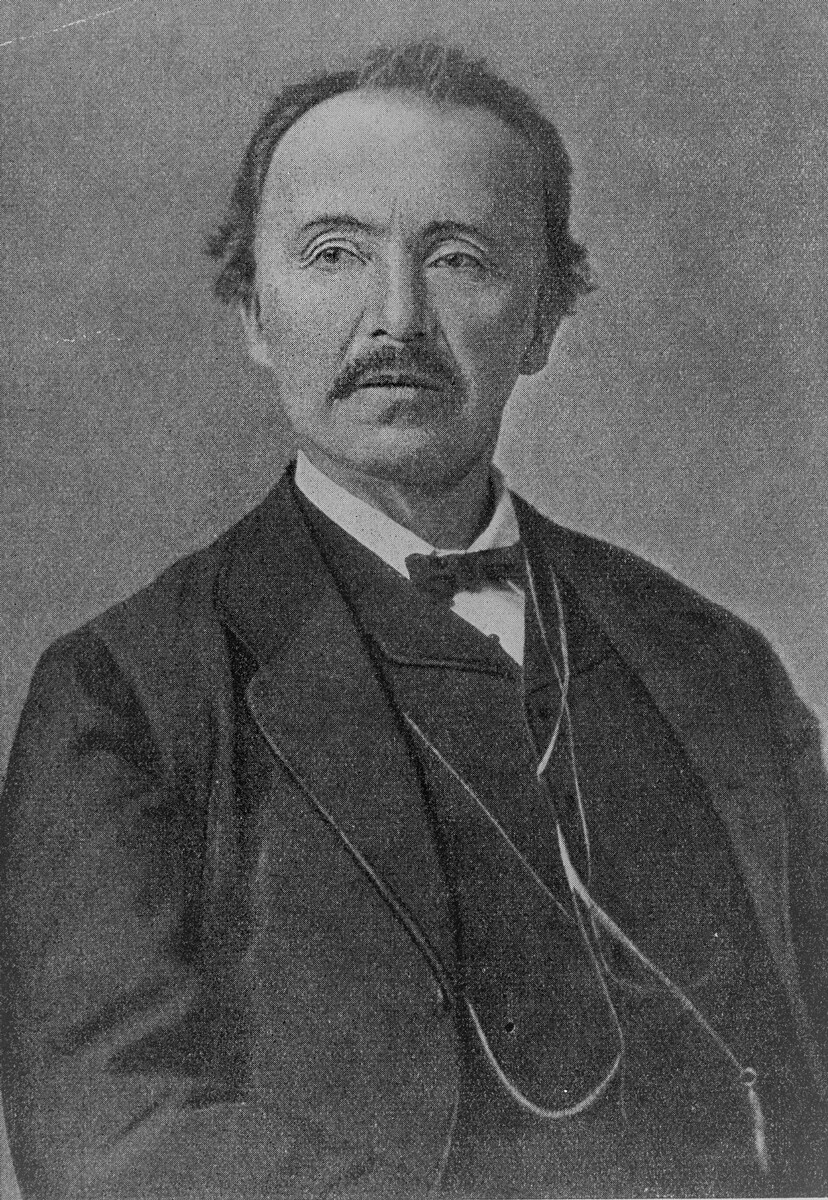
Heinrich Schliemann, 1870
Library of CongressOn May 31, 1873, after two years of excavations on Hisarlik Hill in Turkey, Schliemann discovered almost what he had been looking for. Under the remains of a city from antiquity, he found not just ruins but also a silver vessel with precious gold objects weighing 1.5 kg. Schliemann believed that what he had found was Priam's Treasure (named after one of the kings of the city during the Trojan War) and that the ruins were the remains of the legendary Troy.
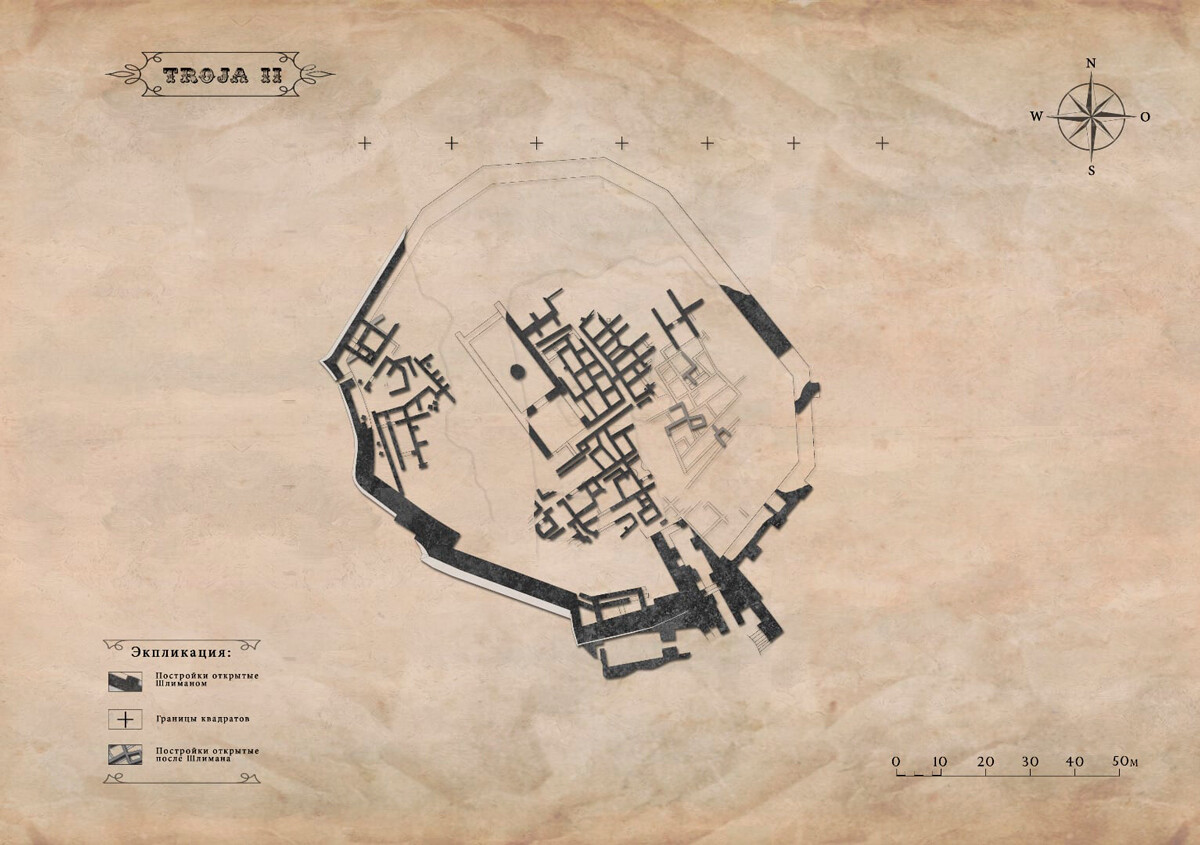
Map of Troy buildings discovered by Schliemann
State Pushkin Museum of Fine ArtsAs an amateur who relied entirely on Homer's descriptions, Schliemann was proved wrong - later researchers disproved his theory: Traces of Troy were in the upper layers of the soil, which he had destroyed during his excavations. "Priam's Treasure", as it turned out, belonged to an earlier period. Nevertheless, the find would still go down in history as the "Gold of Troy".
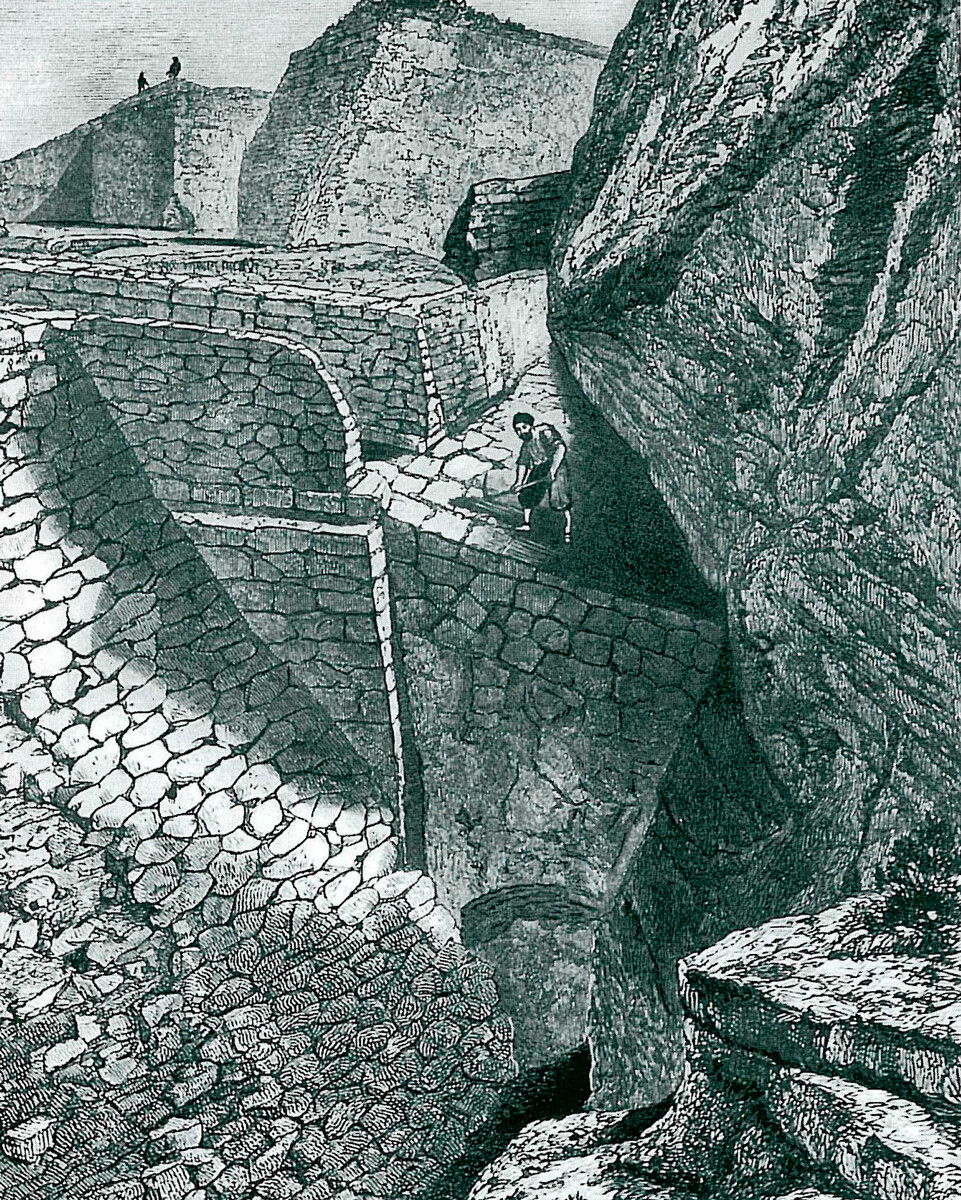
Schliemann's Trojan excavations. 19th century engraving
Public DomainActually, the treasure could have ended up in Russia at that time - a few years after the discovery, Schliemann offered to sell it to the Russian Archeological Society, but the deal didn't go ahead. A little later, in 1881, the adventurer-cum-entrepreneur donated his collection to Berlin in exchange for the title of honorary citizen and material compensation. In 1922 the treasure was put on display at the Museum of Prehistory and Early History.
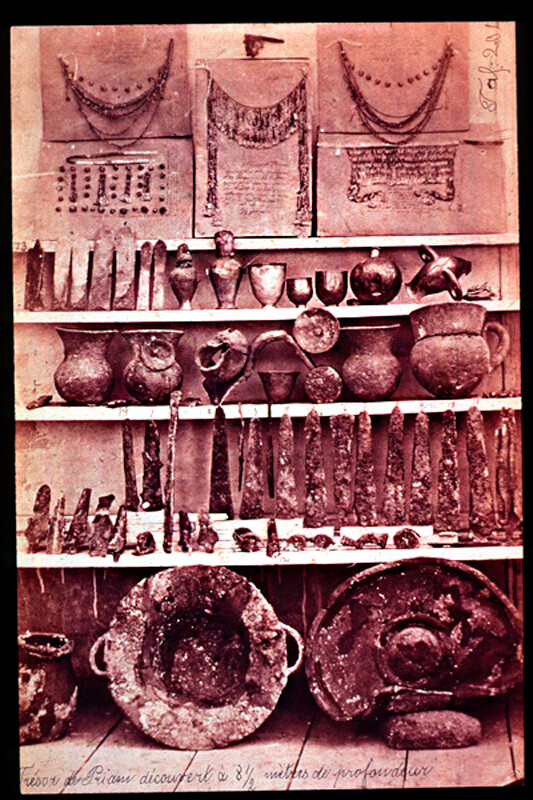
Priam's Treasure
Public DomainDuring World War II, along with objects from other museums, Hitler personally ordered the valuable objects to be hidden for safe-keeping to the flak tower near the city zoo, which had been specially built as a defense against air raids and considered an ideal hiding place.
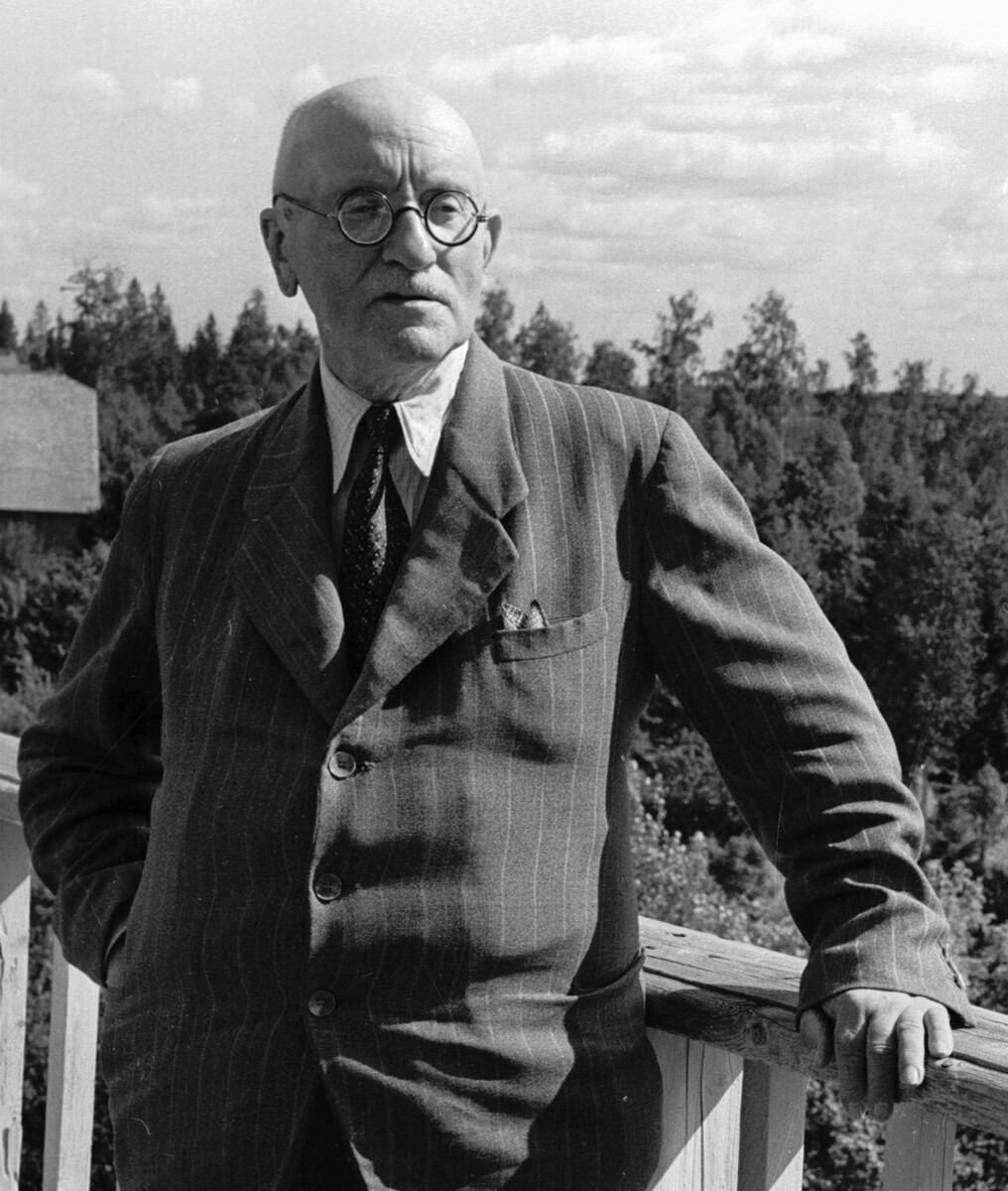
Igor Grabar, 1950
Mikhail Ozersky/SputnikWehrmacht troops looted or destroyed an enormous amount of the cultural heritage of the conquered peoples, and that is why as the war raged the question of compensation for these losses was already on the agenda. A special commission to determine Soviet losses in the cultural sphere was set up in 1942. According to the data it collected and published in the late 1940s, 173 museums and 4,000 libraries and archives in the USSR suffered losses. A Bureau of Experts operated as part of the organization - headed by the well-known Soviet artist, restorer and art historian Igor Grabar.
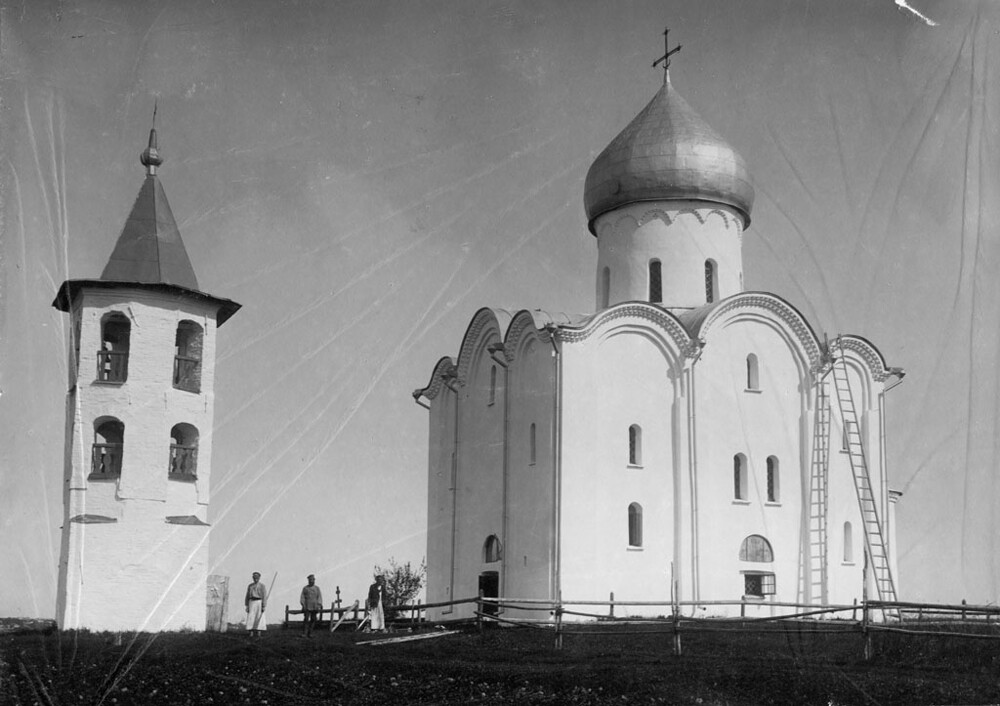
Nereditsa Church, 1880
AeJse Trasarebre/Swedish National Heritage BoardCompensation for destroyed masterpieces was sometimes proposed on a literally like-for-like basis. Thus, one of the examples used in the assessment of losses was the Transfiguration of the Savior Church on Nereditsa Hill in Novgorod, a significant example of Russian medieval architecture, with frescos dating back to the 12th century that had been destroyed by German artillery. As a replacement, Grabar proposed that "something like Rheims Cathedral should be seized and shipped" back to the USSR.
Raphael's "Sistine Madonna" from Dresden also featured as an equivalent in the compensation plan. The painting eventually ended up in the USSR but was returned to the GDR in the 1950s. Grabar was in charge of compiling lists of works of art to be taken to the USSR. They included 1,745 works of world cultural importance. The Gold of Troy was also listed.
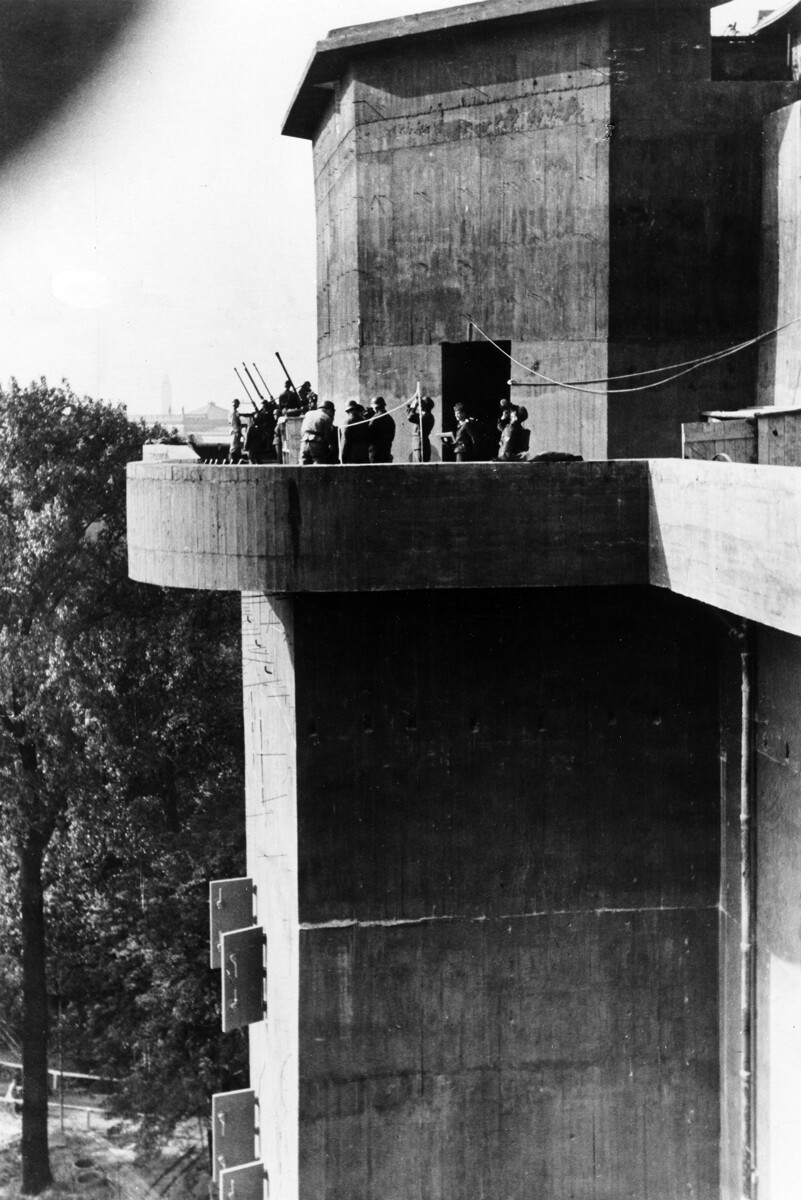
Flak-tower near the Berlin Zoo where the treasures were found, 1944
Wolfgang Weber/Getty ImagesThe museum objects found in the flak tower at the zoo were to be taken to the USSR on a first-priority basis. "The Berlin Zoo was due to come under the control of the British-American occupation zone <...> An order was issued for the start of the immediate removal of all valuable objects from the flak bunker to the eastern part of Berlin and their temporary deposit in storerooms at the Treskow Castle in Friedrichsfelde and at the Berlin abattoir," wrote Andrei Belokopytov, head of a "trophy brigade" of the Committee for Arts Affairs, in a letter.

The Golden Diadem from the Treasures of Troy
State Pushkin Museum of Fine ArtsSome of the most important works left Berlin shortly afterwards: On June 30, 1945 a special flight took off from Tempelhof Airport bound for Moscow's Vnukovo. In the Soviet capital, one of the reception points for the precious cargo, and in particular the Gold of Troy, was the Pushkin Museum.
In 1949, by decision of the country's leadership, all these objects were placed in the so-called "Special Collection" without the right of publication or exhibition. A special instruction prohibited all access to it except for its custodians.
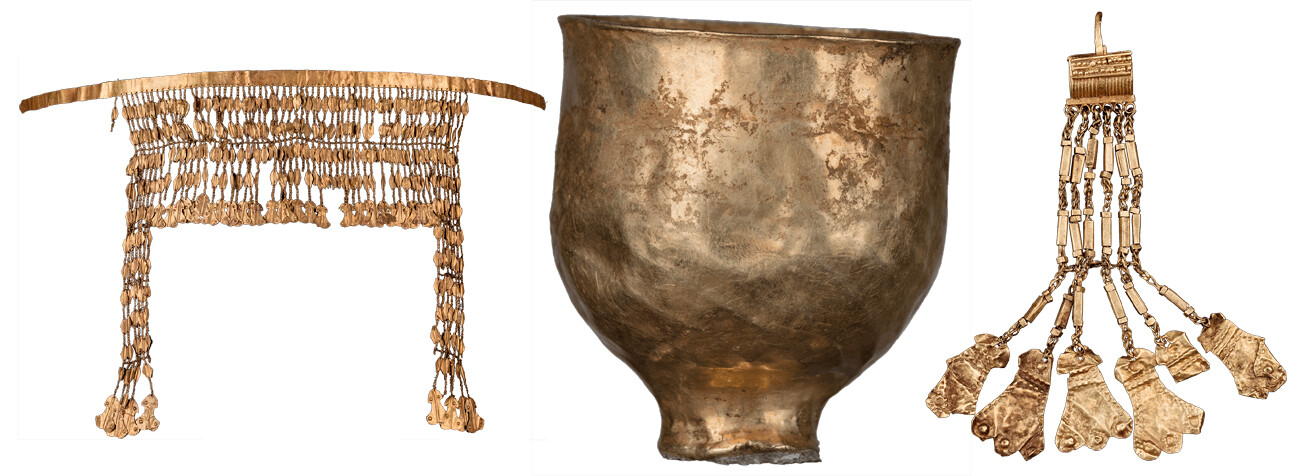
Items of the Treasures of Troy collection
State Pushkin Museum of Fine ArtsIn the 1950s the Soviet authorities took the political decision to return some of the works of art taken out of Germany, which included, for instance, masterpieces of painting from the Dresden Gallery, to the GDR. The list included the Schliemann treasures of Troy, but the 260 gold, silver, rock crystal and stone objects remained in Moscow, and 414 bronze and ceramic artifacts in the Hermitage. The reason why they stayed in the USSR is unknown to this day.

Items of the Treasures of Troy collection
State Pushkin Museum of Fine ArtsUntil almost the mid-1990s, the Schliemann collection remained inaccessible to researchers and the wider public. Moreover, because it had spent so many years under restricted access, it had even come to be regarded as lost. It was only in December 1994 that experts were given the opportunity to study it in detail for the first time. Two years later, the opening of the exhibition "Treasures of Troy from the Excavations of Heinrich Schliemann" at the Pushkin Museum allowed thousands of people to see the famous collection.
Dear readers,
Our website and social media accounts are under threat of being restricted or banned, due to the current circumstances. So, to keep up with our latest content, simply do the following:
If using any of Russia Beyond's content, partly or in full, always provide an active hyperlink to the original material.
Subscribe
to our newsletter!
Get the week's best stories straight to your inbox